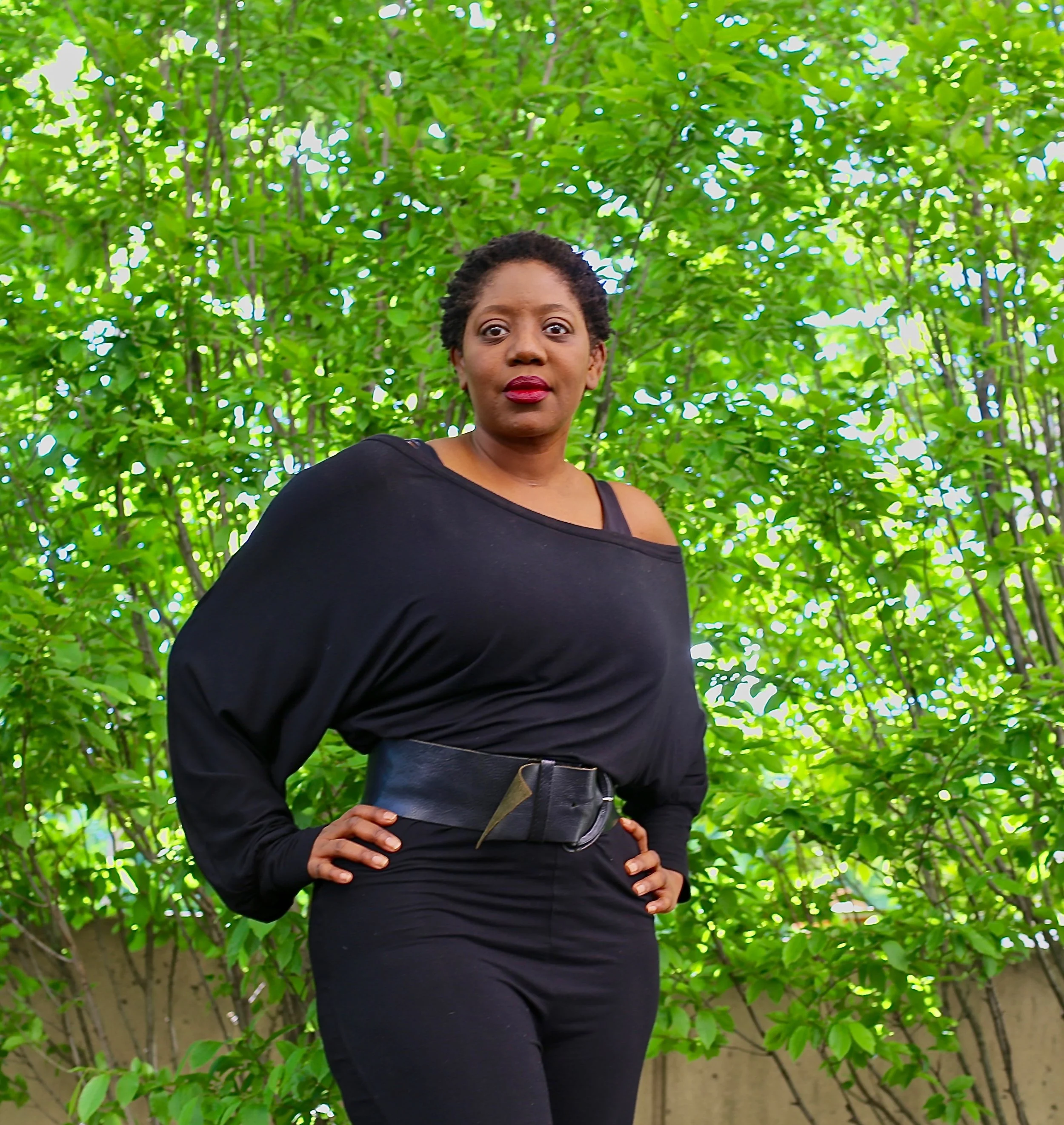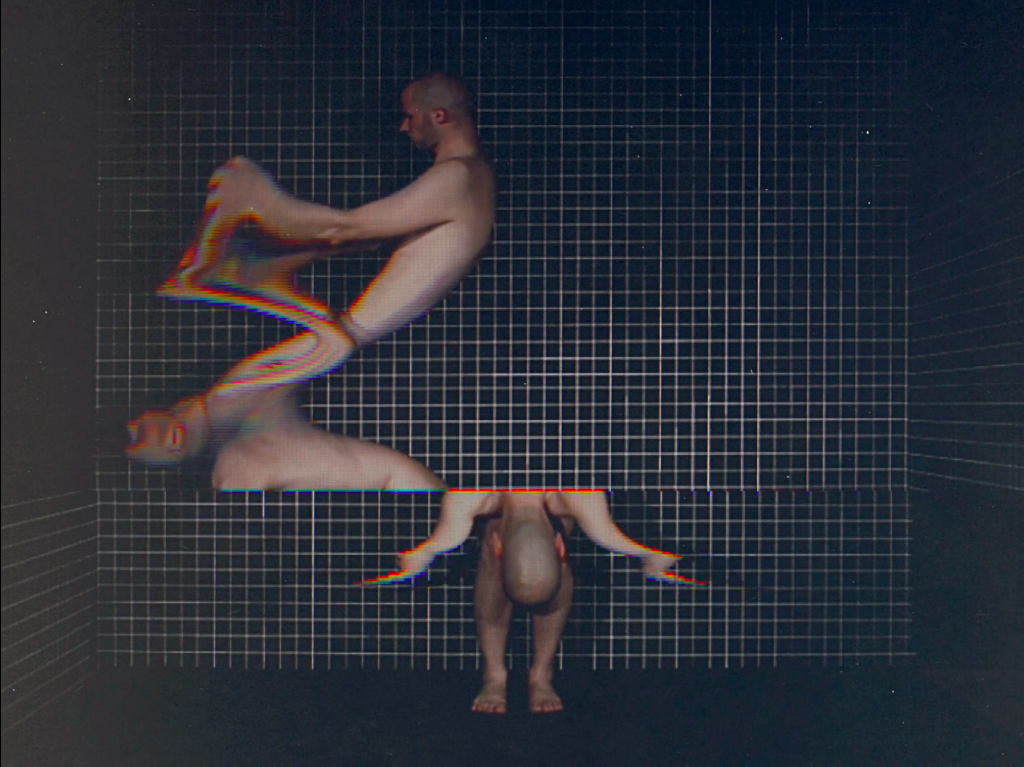A Weekend Guide to AIPAD: The Photography Show 2017
The 37th edition of The Photography Show, presented by AIPAD (the Association of International Photography Art Dealers) features work from more than 115 galleries from around the world, offering contemporary, modern, and 19th century photographs as well as photo-based art, video, and new media. The Show is the longest-running and foremost exhibition dedicated to the photographic medium. This year, the show has expanded and relocated to Pier 94.
Below is a sampling of the most interesting works:
55 Bellechasse (Paris)
www.galerie55.com/en/
212
Niloufar Banisadr’s created her Freud series in 2004, but did not exhibit them for years later due to the possibility of violent responses to her work. Banisadr’s self-portraits challenge stereotypes about Muslim women and wearing the hijab. In the Mes Voyages series (ongoing from 2105), Banisadr veils her image with iconic historical images to deal with contemporary topics such as the destruction of cultural sites in the pursuit of natural resources, the dissemination of propaganda and Eurocentrism. In Khayyam, the artist is veiled with an Omar Khayyam poem on a Persian miniature painting.
Niloufar Banisadr, Freud, 2002-2004, image courtesy of 55 Bellechasse.
Niloufar Banisadr, Khayyam, 2016, courtesy of 55 Bellechasse
Henrique Faria Fine Art (New York, Buenos Aires)
www.henriquefaria.com
406
Valerio’s Gámez’s Pinche Puto is a self-portrait in which the artist’s nude body is marked with homophobic slurs.
Valerio Gámez, Pinche puto, 2011/2016 Ed. 1 of 10 +AP, Digital print, 24 x 16 in, courtesy Henrique Faria Fine Art
Venezualan artist Balteo Yazbeck’s Modern Entanglements, U.S. Interventions and Cultural Diplomacy: An Art We Neglect series references works by Alexander Calder, linking the latter’s aesthetic formalism with the political events under way at the time of their creation. He works in a variety of media including photography, film and installation, often making use of found materials — photographs, maps and newspaper cuttings.
“Each work entangles art history and the global politics of oil and war to shape a narrative of unusual and intentionally-strained connections. The narratives follow the origins of the Cold War through visual juxtapositions that reveal the intersection of foreign policy and corporate interest that has controlled the distribution of global power since World War II.”
Alessandro Balteo-Yazbeck
Behind the Scenes, 1954.
Architect Carlos Villanueva in Collaboration with Alexander Calder, Aula Magna Auditorium, Ciudad Universitaria de Caracas. From the series Modern Entanglements, U.S. Interventions., 2006-2009 Ed. 1/5 + AP
Digital c-print reproduction from faded 1954 Kodachrome attributed to Paolo Gasparini,
wall label with narrative text.
Installation dimensions 47 x 60 in. (120 x 154 cm.)
Michael Hoppen Contemporary (London)
gallery@michaelhoppengallery.com
512
The loss of a loved one can cause one to cling to the traces that remain. Ishiuchi Miyako’s images of the objects that belonged to her deceased mother are the artist’s meditation on loss and memory. The slightly-used red lipstick, smudged on the tube in Mother’s #38, freezes the object in time.
Ishiuchi Miyako, Mother’s #38, 2002, (c) Ishiuchi Miyako, courtesy Michael Hoppen Gallery
Manuel Franquelo’s Things in a Room (Untitled #10), is part of a new series by one of Spain’s most important photographers. The still-lifes of objects from his studio result from the artist’s own printing technique, which allows for incredible depth and detail. Franquelo created photorealistic paintings before turning to photography. Things in a Room retains that painterly quality.
Manuel Franquelo, Things in a Room (Untitled#10), 2015, courtesy Michael Hoppen Gallery
Jenkins-Johnson (San Francisco, New York)
www.jenkinsjohnsongallery.com
413
In The Act (2016), her most recent series, Julia Fullerton-Batten explores female sex workers, including obtaining and presenting the stories of each subject.
“The role of the sex industry in today’s society is heavily debated. Many feminists believe that sex work should be abolished, others on the other hand claim it as a contribution to a woman’s freedom of choice as to the work she engages in. Large-scale changes to prostitution and sex-work laws have enabled many women to work in ways that were previously not possible… I came to admire these 15 women. They are honest to themselves and exhibit a high degree of self-respect, certainly well above the norm. I’ll let their ‘stories’ tell the last word behind this extraordinary experience. ”
Julia Fullerton-Batten, Mouse, Ping Pong GIrl, 2016, c-print, 40 x 54 inches, edition of 7, courtesy of the artist and Jenkins Johnson Gallery, San Francisco and New York
Steven Kasher Gallery (New York)
www.stevenkasher.com
802
Accra Shepp’s portraits of Occupy Wall Street protesters resonate with the viewer due to the current popular resistance of the current administration. The Occupy Wall Street protest served as an inspiration to the millions who have marched in global as well as local protests since the 2016 election.
Accra Shepp, Micky (from the series Occupying Wall Street), October 1, 2011, Gelatin silver print, printed 2016, 20 x 16 in Edition 1 of 10; Signed and dated by photographer verso, AShepp020, courtesy Steven Kasher Gallery, New York
Accra Shepp, Shadow (from the series Occupying Wall Street), October 15, 2011, Gelatin silver print, printed 2016, 20 x 16 in, Edition 2 of 10; Signed and dated by photographer verso, AShepp022, courtesy Steven Kasher Gallery, New York
“When I began working in Durham’s inner city, more and more of the white population had moved to the suburbs and the public schools became segregated along city-county lines. Proposals to merge the school systems were stymied by objections from both sides. In 1994, after the Durham school systems were finally merged, I designed a collaborative project that looked directly at the issue of race. I asked children to write about themselves, then to write another version, this time imagining themselves as members of another race. This was greeted first with silence, then laughter, and finally with an enthusiastic barrage of questions.
Once the children had completed their written portraits, I photographed them posing as their “black” and “white” selves, using props they had brought from home. I gave them the large-format negatives to alter or write on, in keeping with ideas from their written portraits, so they could further describe the characters they had imagined themselves to be.”
Wendy Ewald, Gregory Blake, White Self (Black Self/White Self series), 1994-1997, Gelatin silver print, printed ca. 1997, 19 3/4 x 15 3/4 in, Edition of 5, WE005
Courtesy Steven Kasher Gallery, New York
Wendy Ewald, Brandy Bishop, Black Self (Black Self/White Self series), 1994-1997, Vintage gelatin, silver print, Printed ca. 1997, 19 3/4 x 15 3/4 in, WE006
Courtesy Steven Kasher Gallery, New York
Steven Kasher will speak at:
IN CONVERSATION: VINCE ALETTI AND DAWOUD BEY: Starting Out in New York City with Steven Kasher, Steven Kasher Gallery
Sunday, April 2, 4:30 p.m.
Kopeikin Gallery (Los Angeles)
www.kopeikingallery.com
412
In Tabitha Soren’s newest series, Surface Tension, the artist foregrounds the anxiety we navigate in the struggle to adapt to technological domination. Fingerprints are shot on top of a web search to create textural conflicts that reiterate the struggle of forces in the viewer’s mind. Social media images are captured with an iPad. Soren then photographs the IPad, capturing the traces of her use through fingerprints and smudges on the screen.
Tabitha Soren, wishi’dkilledhim/twichty.com/oklahomatrooper, 2014, 30” x 40” inch Pigment Print, Edition of 5, courtesy Kopeikin Gallery
Tabitha Soren, wikileaks.org/wikileaks-calls-for-us-to-drop, 2014, 30” x 40” inch Pigment Print, Edition of 5, courtesy Kopeikin Gallery
L. Parker Stephenson Photographs (New York)
www.lparkerstephenson.nyc
527
Malick Sidibé’s black-and-white images chronicled the exuberant lives and culture, often of youth, in his native Bamako, Mali in the 1950s, ‘60s, and ‘70s. Sidibé’s work documents a transitional moment as Mali gained its independence and transformed from a French colony steeped in tradition to a more modern independent country looking toward the West.
Malick Sidibe, Portrait of Miss Kante Sira, 1964, courtesy L. Parker Stephenson Photographs
The Hairstyle series is part of Ojeikere’s archive consisting of close to a thousand photographs of hairstyles encountered in the street, in offices, and at parties. The images captured from the rear are almost abstract, revealing the sculptural aspect of the hairstyles.
“All these hairstyles are ephemeral. I want my photographs to be noteworthy traces of them. I always wanted to record moments of beauty, moments of knowledge. Art is life. Without art, life would be frozen.”
J. D. ‘Okhai Ojeikere, Suku Sinero Kiko HD 415/74, 1974, courtesy L. Parker Stephenson Photographs
J. D. ‘Okhai Ojeikere, Suku Sinero Kiko HD 415/74, 1974, courtesy L. Parker Stephenson Photographs
Special Projects: Portraits by Lucien Samaha
509
Facebook
Instagram: @lumania16
Make sure to sit for a portrait by Lucien Samaha with the world’s first digital camera, a prototype from Kodak labs. Subjects, who can sign up online, can pick up 8 x 10 inch prints at the end of the day. The cost will be $91.
Lucien Samaha (b.1958, Beirut) began photographing in the early 1970s. He has traveled the world, capturing flight attendants, drag queens, and clubbers as well as the streets of war-torn Lebanon. While working at Kodak in 1991, he was assigned to the team that launched the world’s first digital camera, and consequently, as the only photographer on the team, was the first person to photograph with it.
I highly recommend attending one or more of the AIPAD Talks held during the entire run of the Show from Thursday, March 30 –Sunday, April 2. Space for AIPAD Talks is limited, and seats are available on a first-come, first-served basis. Tickets are $10 per session.
aipadshow.com/talks
AIPAD the Photography Show
March 30 – April 2, 2017
Pier 94
New York
https://aipadshow.com/



























